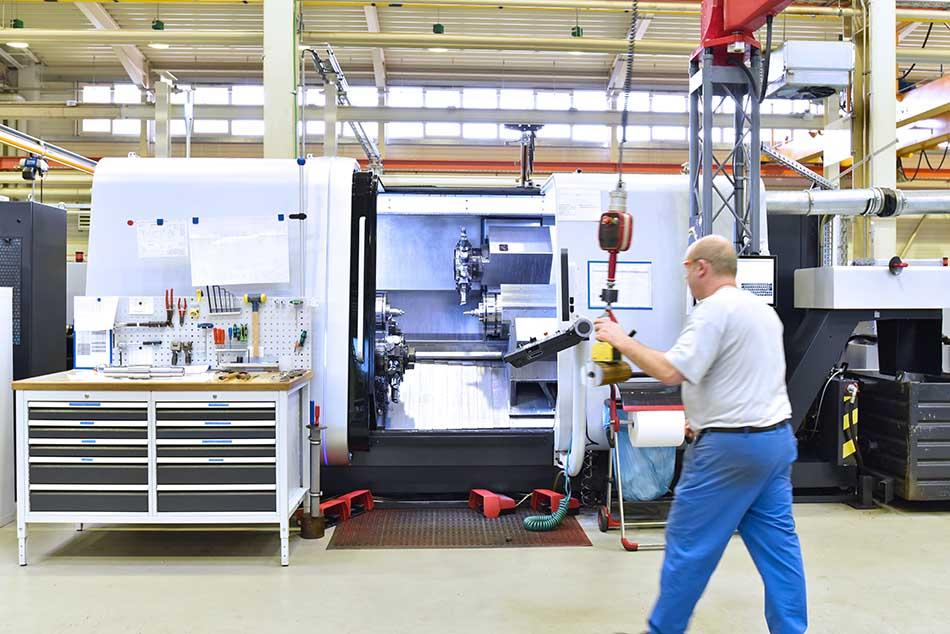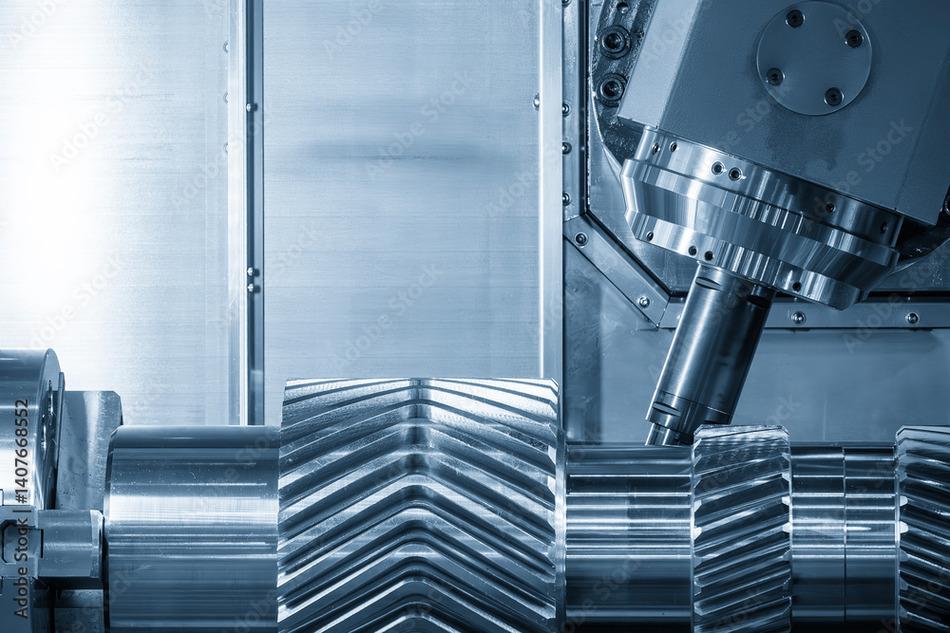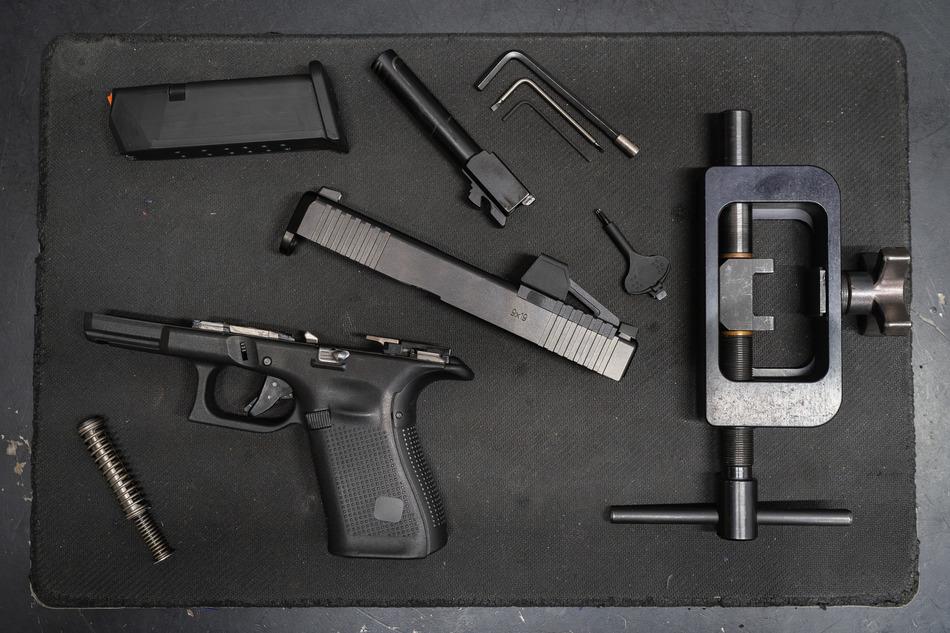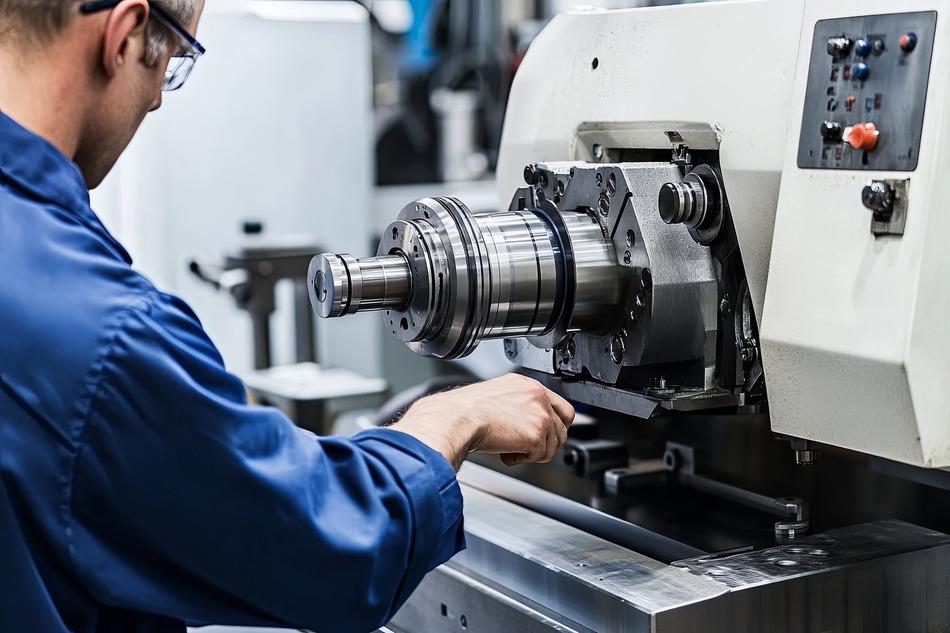The Role of CAD/CAM Software in Streamlining CNC Operations
A CNC Precision Automatic Lathe is a cornerstone of modern machining, used for high-precision cutting, turning, and shaping metal components. However, without regular maintenance, even the most advanced CNC lathe will suffer from misalignment, tool breakage, spindle wear, and costly downtime. To maintain high accuracy, consistent performance, and longevity, CNC lathes require daily, weekly, and long-term maintenance routines.
For lathes that use hydraulic or pneumatic systems, checking for leaks and ensuring proper pressure levels is essential. If hydraulic pressure is too low or there are leaks, the chuck may not grip properly, or the machine may not move as expected. Inspecting for leaks, cleaning control valves, and refilling hydraulic fluid as needed will keep the system working correctly.
Why CNC Lathe Maintenance Matters
At In-House CNC, we specialize in lathe servicing, spindle repairs, and preventative maintenance programs to help manufacturers reduce downtime and extend machine lifespan. A CNC lathe is a powerful machine that, like any complex piece of equipment, requires regular maintenance to function properly.
Daily Maintenance: Prevent Small Issues Before They Grow
Small problems can quickly turn into major breakdowns if they are not addressed. That’s why daily maintenance is one of the most important steps to keeping a CNC lathe running smoothly. By checking for early warning signs such as worn-out tools, misalignment, or lack of lubrication, operators can prevent expensive repairs and production delays.
Inspecting Cutting Tools and Tool Holders
One of the most important parts of daily maintenance is checking the cutting tools and tool holders. These tools go through constant wear and tear as they cut through metal, and if they become dull or damaged, they won’t perform well. A dull tool can lead to rough surface finishes, inaccurate cuts, and extra stress on the machine.
Every tool should be checked before operation to ensure it is sharp and properly secured. Tool holders are just as important because they keep the cutting tools locked in place. If a tool holder is loose, it can cause vibration and inaccurate cuts, and in extreme cases, it can damage the spindle. If operators notice that tools are wearing down unevenly, it could mean the machine’s speed or feed rate is not set correctly. Replacing worn tools and making sure tool holders are tightened and aligned will improve the machine’s accuracy and performance.
Lubrication System Maintenance
CNC lathes have many moving parts that create friction during operation. Without proper lubrication, parts like bearings, guideways, and ball screws will wear out faster and may even overheat. That’s why the lubrication system must be checked daily. Operators should inspect oil levels and make sure there are no leaks or blockages in the lubrication lines. If lubrication is not flowing properly, parts will rub against each other, causing extra heat and damage.
If an operator notices that the oil flow is inconsistent or restricted, they should flush out the lubrication system and replace any clogged filters. Proper lubrication not only extends the lifespan of the machine but also ensures smooth and accurate performance.
Managing Metal Chips and Coolant Flow
Metal chips are a normal part of machining, but if they are not cleared away, they can clog the coolant system and interfere with the machine’s operation. The coolant system keeps the cutting tools and workpieces from overheating, and if it becomes blocked, tools can wear out faster, and surface finishes may become rough.
To prevent these issues, operators should empty chip trays at the end of each shift and clean any debris that builds up around the machine. Checking the coolant system daily ensures that it is circulating properly and is free from leaks or contamination. If coolant flow is weak or inconsistent, flushing the system and replacing old coolant can restore proper operation.
Why Daily Maintenance Matters
Daily maintenance is an easy but important way to keep a CNC lathe in top condition. By making simple checks every day, operators can catch small problems before they become costly repairs. Keeping the cutting tools sharp, maintaining proper lubrication, and managing coolant flow will help the machine operate efficiently and produce high-quality parts.
Weekly & Monthly Maintenance: Preventative Care for Longevity
Daily maintenance keeps CNC lathes in good shape, but weekly and monthly maintenance helps prevent long-term wear and breakdowns. Over time, parts like spindles, tailstocks, and servo motors need adjustments to stay in proper working order. Regular inspections and maintenance will reduce unexpected failures and costly downtime.
Checking Spindle Alignment and Bearing Wear
The spindle is one of the most important parts of a CNC lathe. If it is not properly aligned, the machine may produce inaccurate cuts and cause tools to wear out faster than usual. Strange noises from the spindle, such as rattling or grinding, may be a sign that the bearings are wearing out. If the spindle vibrates more than normal, it could be out of balance or have worn bearings. Checking spindle alignment regularly and replacing worn bearings when needed will help prevent major problems.
Aligning the Tailstock and Workholding Fixtures
The tailstock and workholding fixtures must be properly aligned to ensure accurate machining. A misaligned tailstock can cause parts to be tapered or out of spec. Poor workholding can also lead to wasted materials and precision issues. Using a dial indicator to check the tailstock alignment and making sure the chuck grips workpieces evenly will help the machine produce accurate parts.
Inspecting Servo Motors and Axis Movement
Servo motors control how the lathe’s cutting tools move. If there is too much backlash in the system or if the motors lag or move erratically, it could be a sign that they are wearing out. Running diagnostics on the motors, checking for lag, and realigning them if needed will help ensure that they operate smoothly and precisely.
Common CNC Lathe Problems and Troubleshooting
Even with good maintenance, CNC lathes experience wear over time. Some of the most common problems include poor surface finishes, inaccurate cuts, and spindle overheating.
If parts have a rough or uneven surface finish, it is usually caused by dull tools, incorrect feed rates, or excessive vibration. Replacing dull tools, balancing the spindle, and adjusting feed rates can help fix this issue.
If a CNC lathe produces parts that do not meet the required specifications, it could be due to a loose headstock, misaligned guideways, or too much backlash in the ball screws. Checking the machine’s calibration, tightening loose parts, and adjusting backlash settings can restore precision and prevent material waste.
Advanced Maintenance Strategies for CNC Lathes
In addition to regular maintenance, advanced servicing can keep CNC lathes running at peak performance for longer. Keeping the CNC control system updated is one way to prevent software-related issues. Older software can cause tool paths to be less efficient and lead to machining errors. Making sure the control system is running on the latest software helps improve efficiency.
Why Preventative CNC Maintenance Saves Thousands in Repairs
Ignoring CNC lathe maintenance leads to costly repairs, lost production time, and lower part quality. A well-maintained lathe:
- Reduces machine downtime and unexpected failures.
- Extends spindle, tooling, and motor lifespan.
- Ensures consistent machining accuracy and lower scrap rates.
- Prevents emergency repairs that cost thousands.
When to Call a CNC Repair Professional
If your CNC lathe experiences:
- Excessive vibration or runout → May require a spindle rebuild.
- Tool holding issues or chuck misalignment → Needs precision workholding calibration.
- Servo motor or axis control failure → Requires expert troubleshooting
At In-House CNC, we provide on-site CNC lathe repairs, preventative maintenance services, and professional spindle rebuilds to keep your machines running at peak performance.
Keep Your CNC Lathe Running Smoothly
A CNC Precision Automatic Lathe is a long-term investment, and proper maintenance ensures accuracy, efficiency, and cost-effectiveness. Following daily, weekly, and advanced maintenance schedules helps prevent expensive failures and extends machine lifespan.
📞 Call In-House CNC Today at (951) 540-4820 for Expert CNC Lathe Repairs & Maintenance!




